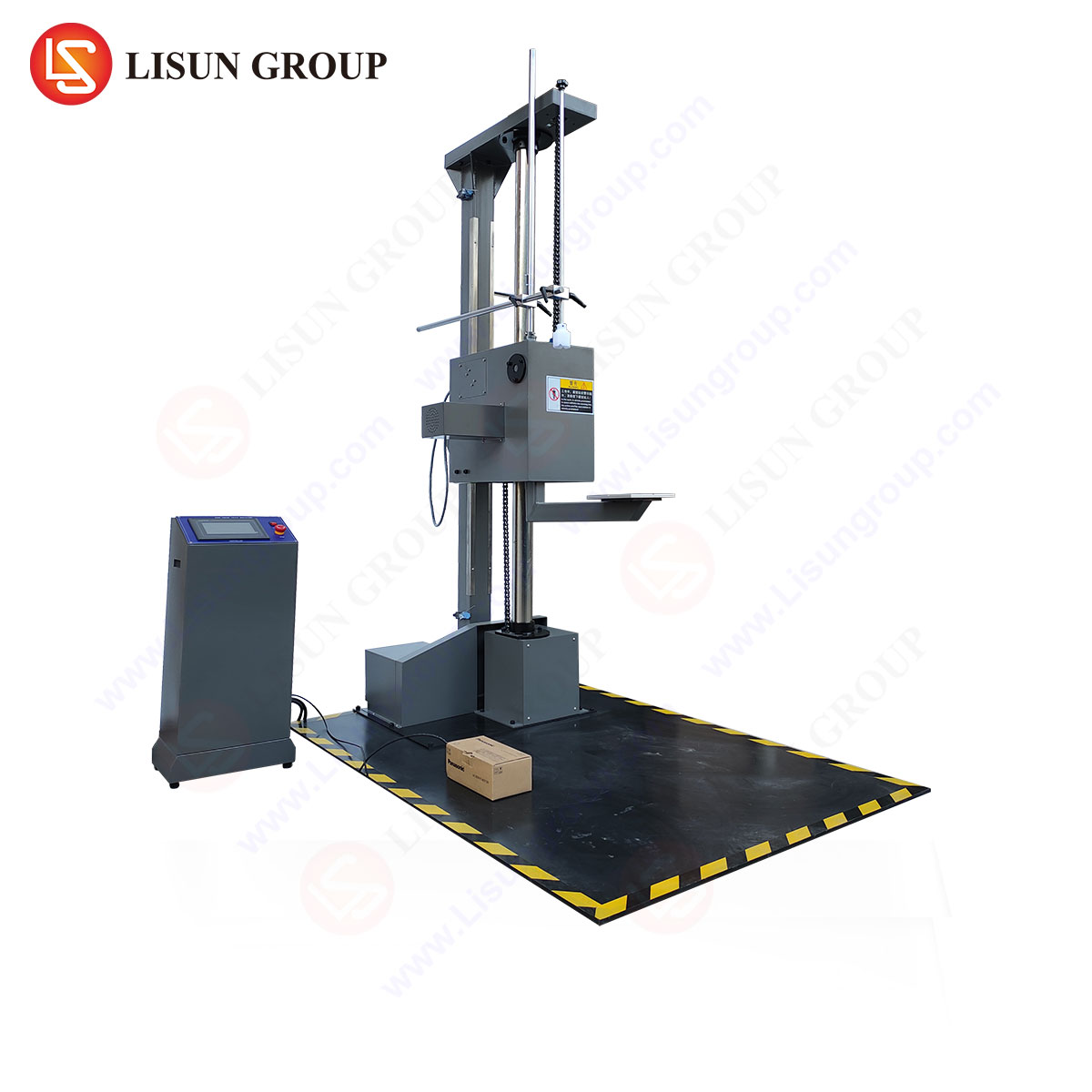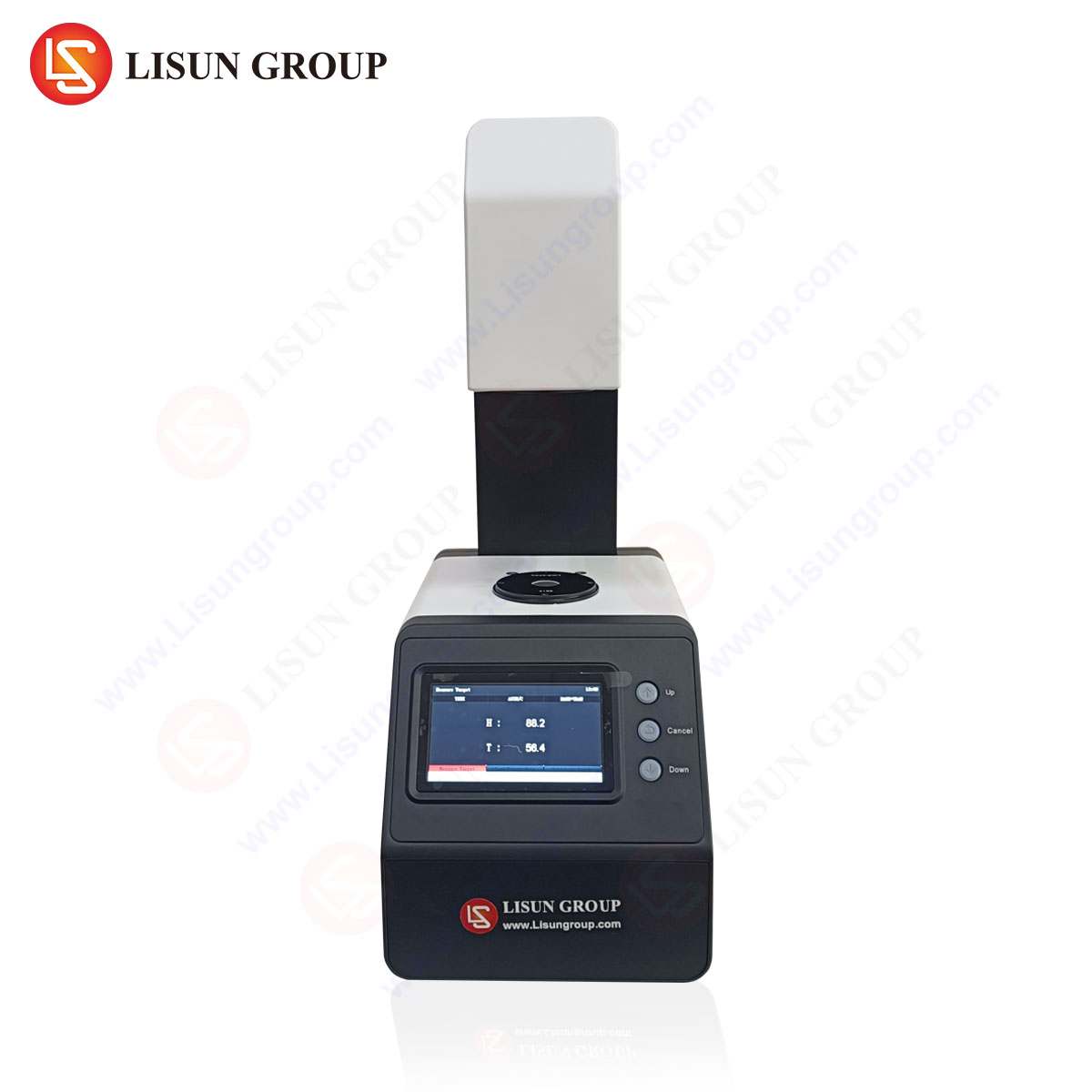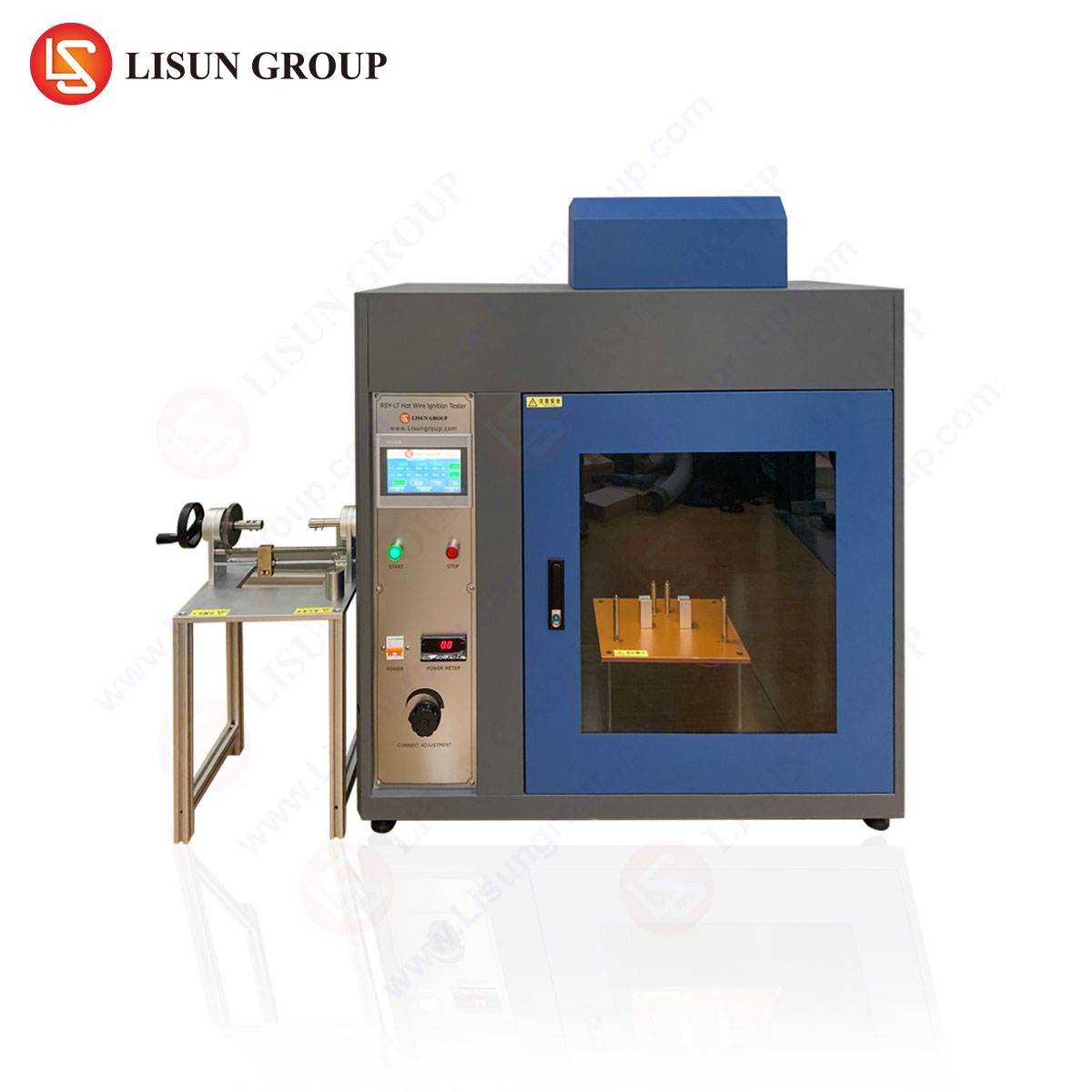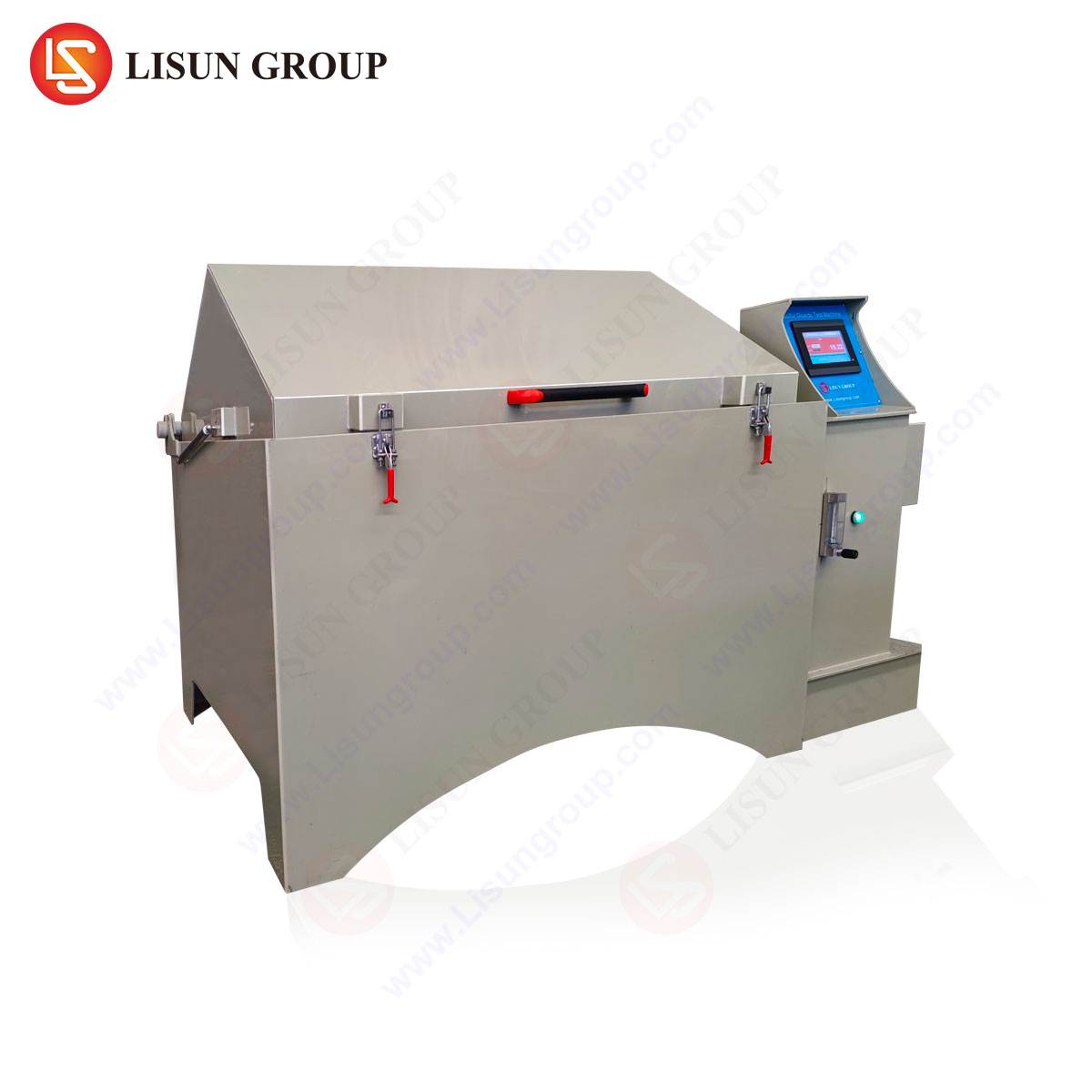Introduction to Cable Flammability and Fire Safety Requirements
Electrical cables are integral components across industries, from household appliances to aerospace systems. Their flammability characteristics directly influence fire safety, regulatory compliance, and operational reliability. Given the catastrophic consequences of cable ignition—ranging from equipment failure to life-threatening fires—stringent flammability testing is mandated by international standards.
This article examines the methodologies, standards, and instrumentation used in flammability testing, with a focus on the LISUN RSB-WC Wire Cable Flame Tester, a precision instrument designed to evaluate flame propagation, self-extinguishing properties, and afterglow behavior in cables and wires.
Critical Flammability Test Standards for Electrical Cables
Flammability testing protocols are dictated by international and regional standards, ensuring uniformity in safety assessments. Key standards include:
- IEC 60332-1/-2/-3: Evaluates flame propagation on single vertical or bunched cables.
- UL 1581 (VW-1): Assesses flame resistance in wiring materials.
- EN 50399: Measures flame spread, heat release, and smoke density under fire conditions.
- GB/T 18380.1: Chinese standard for vertical flame testing of insulated cables.
These tests simulate real-world fire scenarios, such as short circuits, overheating, or external ignition sources, ensuring cables meet safety thresholds before deployment in critical environments.
Principle of Operation: Vertical Flame Testing Methodology
The LISUN RSB-WC Wire Cable Flame Tester adheres to IEC 60332-1/-2 and GB/T 18380.1, employing a controlled vertical flame exposure to assess cable behavior. The test procedure involves:
- Sample Preparation: A 600 mm cable specimen is mounted vertically in a test chamber.
- Flame Application: A standardized propane burner delivers a 1 kW flame (approx. 20 mm height) for 60 seconds at a 45° angle.
- Observation Period: Post-ignition, flame spread, afterflame duration, and charring distance are recorded.
A cable passes the test if flame propagation does not exceed 2.5 meters from the ignition source, and self-extinguishing occurs within 60 seconds post-flame removal.
Technical Specifications of the LISUN RSB-WC Wire Cable Flame Tester
The RSB-WC is engineered for precision, repeatability, and compliance with global flammability standards. Key specifications include:
| Parameter | Specification |
|---|---|
| Test Chamber Dimensions | 1200 × 300 × 450 mm |
| Flame Temperature | 950 ± 50°C |
| Burner Nozzle Diameter | 0.9 ± 0.03 mm |
| Gas Supply | 99% Pure Propane |
| Timer Range | 0–999.9 s (Digital Display) |
| Compliance Standards | IEC 60332-1/-2, GB/T 18380.1, EN 50399 |
The instrument features an automated ignition system, flame height adjustment, and exhaust ventilation to ensure operator safety and test consistency.
Industry Applications and Compliance Requirements
1. Household Appliances and Consumer Electronics
Cables in appliances (e.g., refrigerators, washing machines) must resist ignition from internal faults. The RSB-WC verifies compliance with IEC 60332-1, preventing fire hazards in residential settings.
2. Automotive Electronics
Vehicle wiring harnesses undergo flame testing per ISO 6722 to prevent combustion in engine compartments. The RSB-WC’s controlled flame exposure ensures materials meet OEM safety criteria.
3. Aerospace and Aviation Components
Aircraft cables (per FAA FAR 25.853) must self-extinguish within seconds. The RSB-WC replicates in-flight fire conditions, validating flame-retardant coatings.
4. Telecommunications and Data Cables
Fiber-optic and Ethernet cables (tested per UL 1666) require low flame spread in riser applications. The RSB-WC measures vertical burn rates to certify plenum safety.
Comparative Advantages of the RSB-WC in Flammability Testing
- Enhanced Repeatability: Automated flame control minimizes human error, ensuring test consistency.
- Multi-Standard Compatibility: Supports IEC, UL, GB, and EN standards, reducing the need for multiple test setups.
- Safety Features: Integrated gas leak detection and exhaust systems protect operators from hazardous fumes.
- Data Logging: Digital recording of flame duration, propagation distance, and afterglow for audit compliance.
Competitive testers often lack precision in flame height stabilization or exhaust management, leading to non-conforming results. The RSB-WC addresses these limitations through calibrated gas flow control and real-time monitoring.
Case Study: Flammability Testing in Industrial Control Systems
A manufacturer of industrial automation cables utilized the RSB-WC to certify products for NEC Article 725 (Class 2/3 circuits). Testing revealed that halogen-free materials exhibited superior self-extinguishing properties compared to PVC-insulated cables. The RSB-WC’s precise flame application enabled differentiation between material grades, optimizing R&D selections.
Future Trends: Evolving Flammability Standards and Testing Innovations
Emerging regulations, such as EU CPR (Construction Products Regulation), now mandate stricter smoke density and toxicity limits for cables. The RSB-WC is adaptable to future amendments, with modular upgrades for additional parameters (e.g., heat release rate measurement).
Frequently Asked Questions (FAQ)
Q1: What is the primary difference between IEC 60332-1 and IEC 60332-3?
A1: IEC 60332-1 tests single vertical cables, while IEC 60332-3 evaluates flame spread in bunched cables under higher fire loads.
Q2: Can the RSB-WC test flat ribbon cables?
A2: Yes, the specimen holder accommodates flat and round cables up to 25 mm diameter.
Q3: How often should the burner nozzle be calibrated?
A3: Nozzle inspection is recommended every 500 tests to ensure flame consistency.
Q4: Does the RSB-WC support smoke density analysis?
A4: No, it focuses on flame propagation; smoke testing requires additional instrumentation (e.g., LISUN’s smoke chamber).
Q5: What industries mandate IEC 60332-1 compliance?
A5: Appliances, automotive, telecom, and building wiring systems universally require IEC 60332-1 certification.






